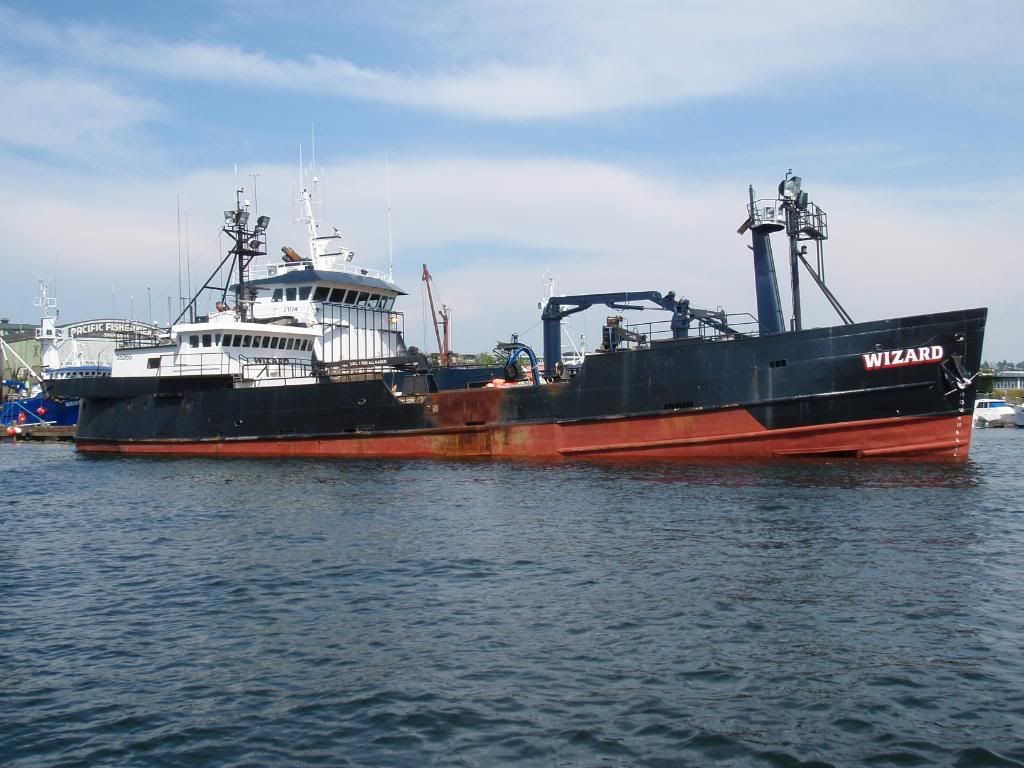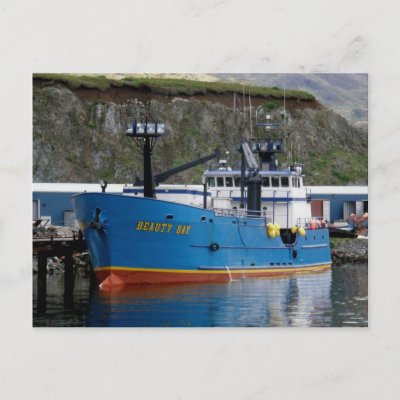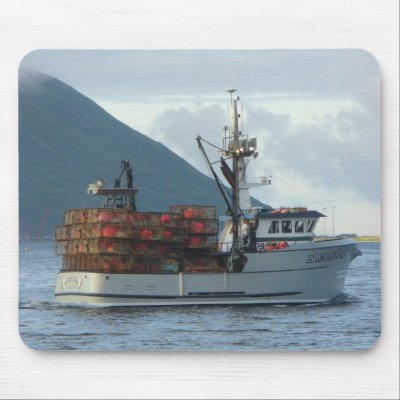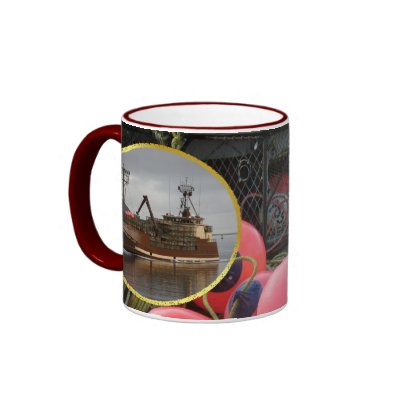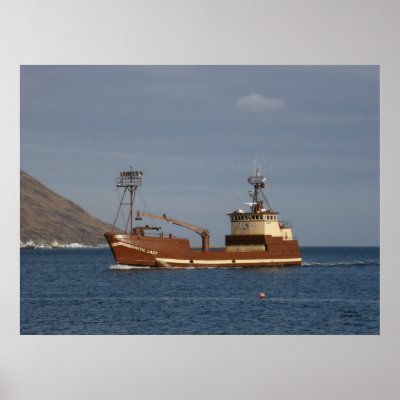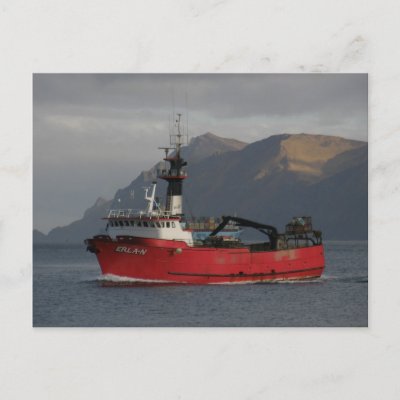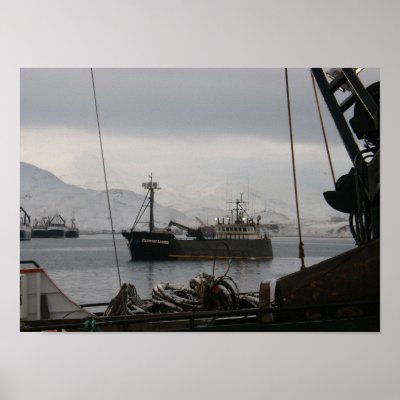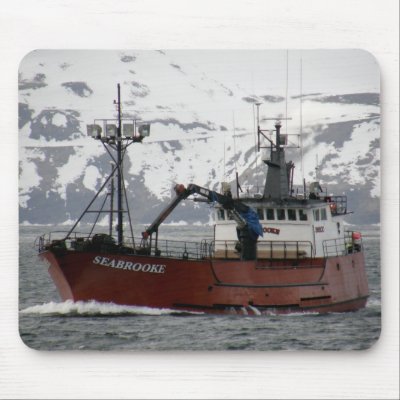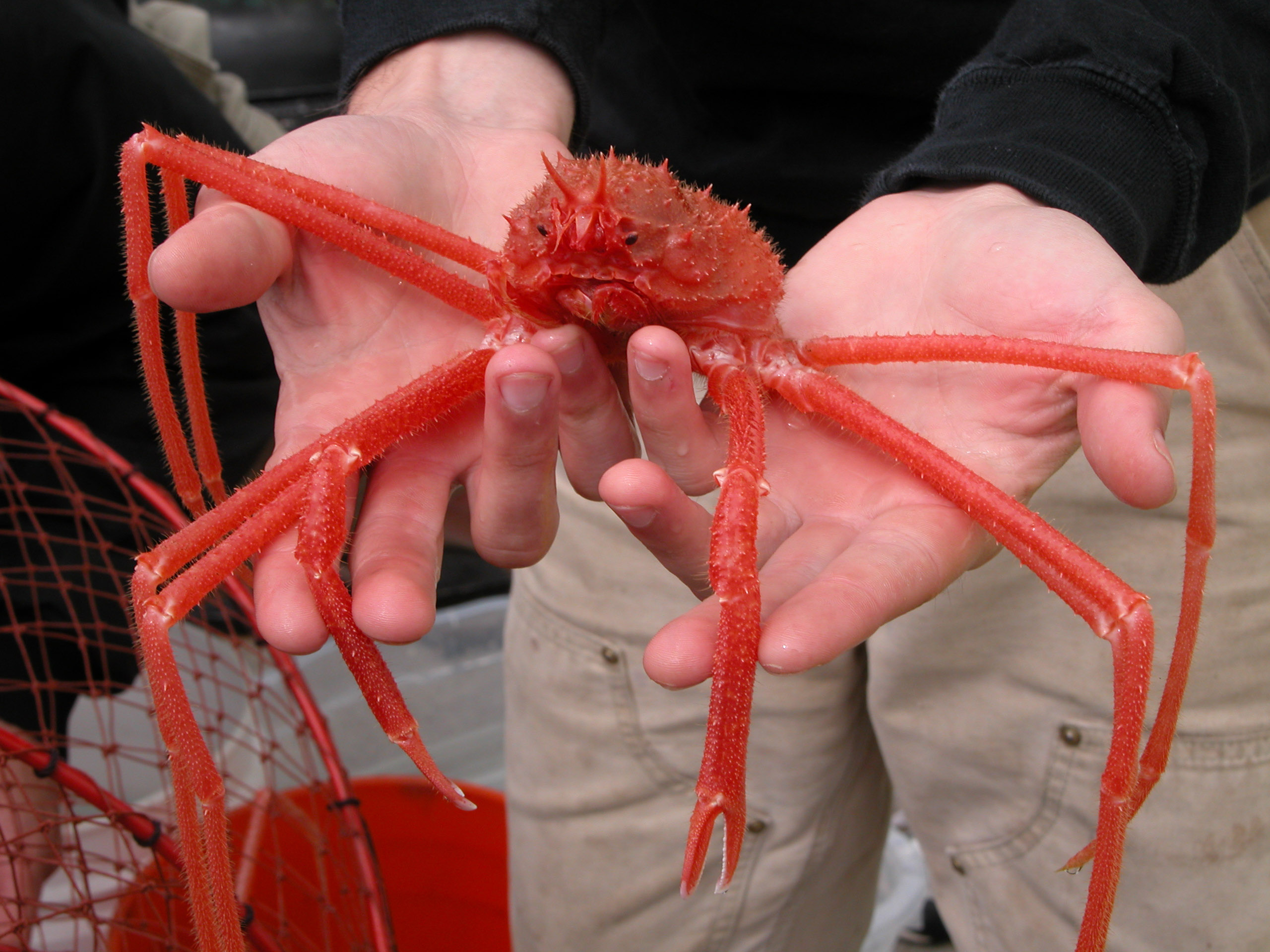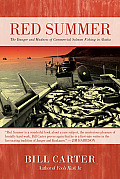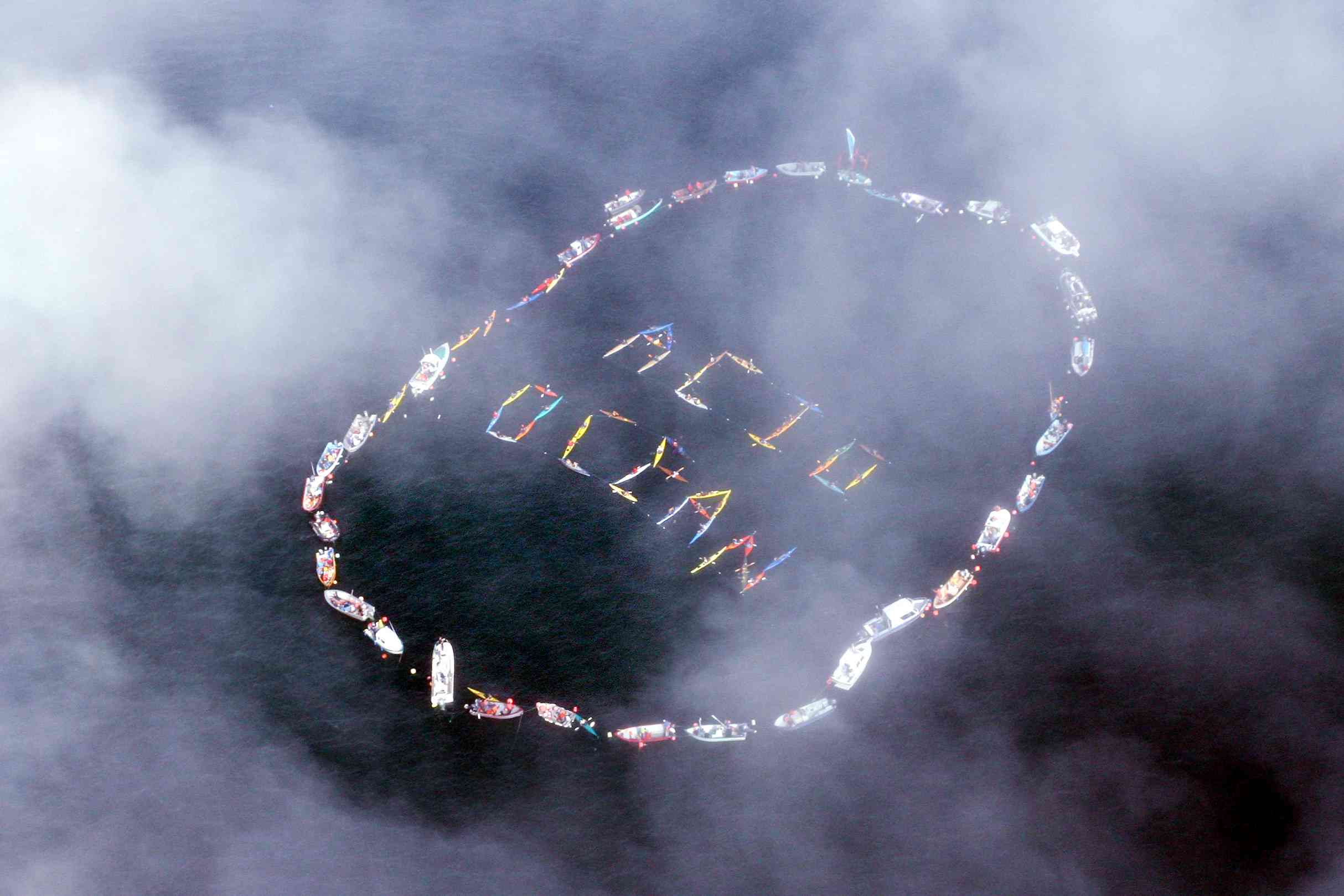Alaska Crab Boats
Alaskan king crab fishing is carried out during the fall months in the waters off the coast of Alaska and the Aleutian Islands. The commercial harvest is performed during a very short season, and the catch is shipped worldwide. Large numbers of king crab are also caught in Russian and international waters. In 1980, at the peak of the king crab industry, Alaskan fisheries produced up to 200,000,000 lb (91,000,000 kg) of crab. However, by 1983, the total size of the catch had dropped by up to 90% in some places.[2] Several theories for the precipitous drop in the crab population have been proposed, including overfishing, warmer waters, and increased fish predation.[3] As a result the current season is very short and in the 2010 season only 24,000,000 lb (11,000,000 kg) of red king crab were "landed".


